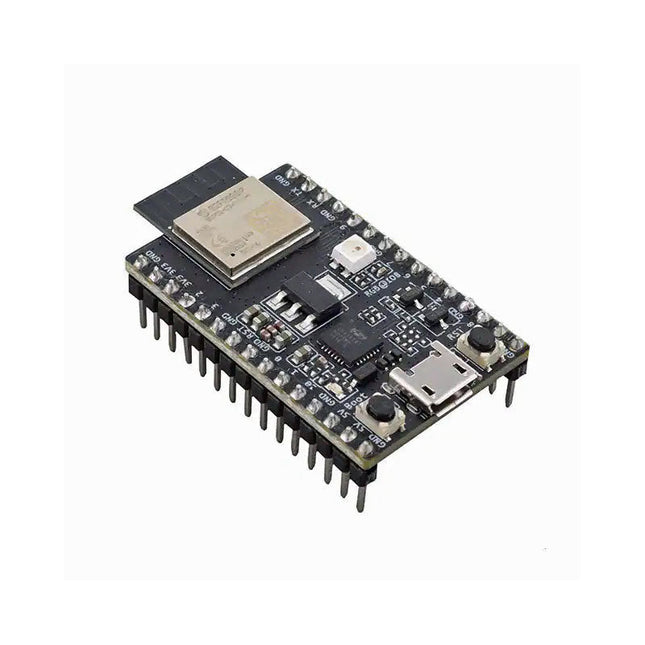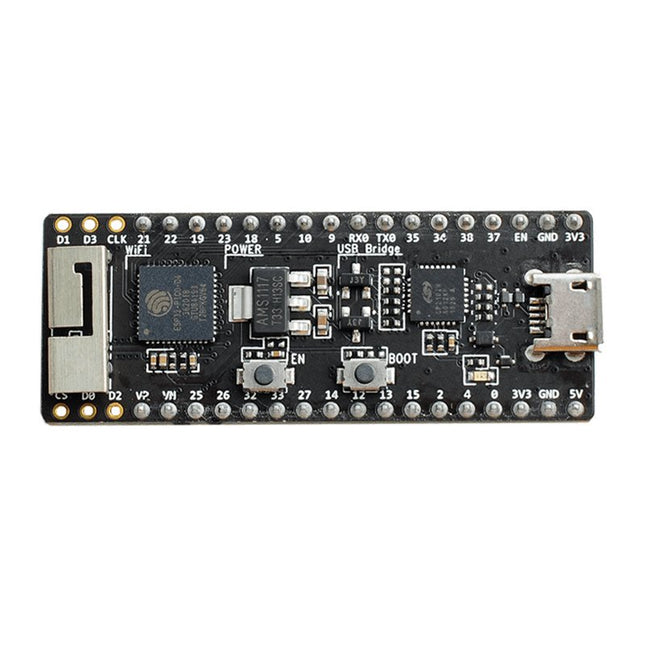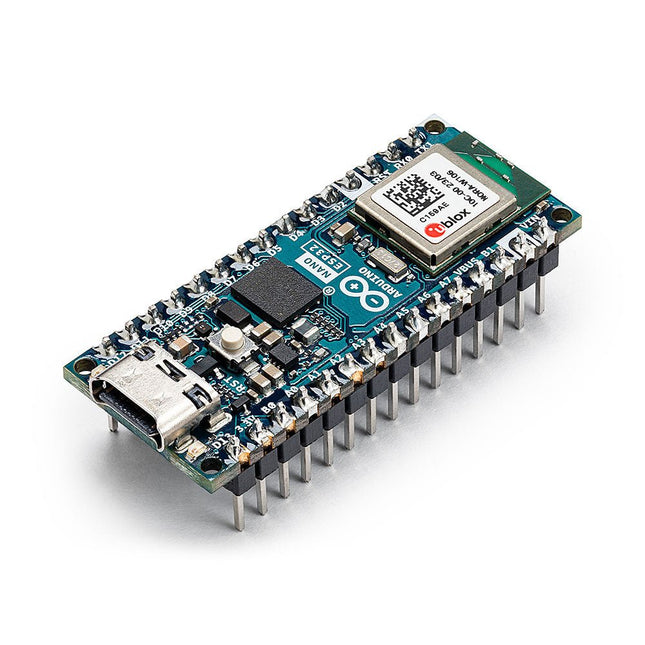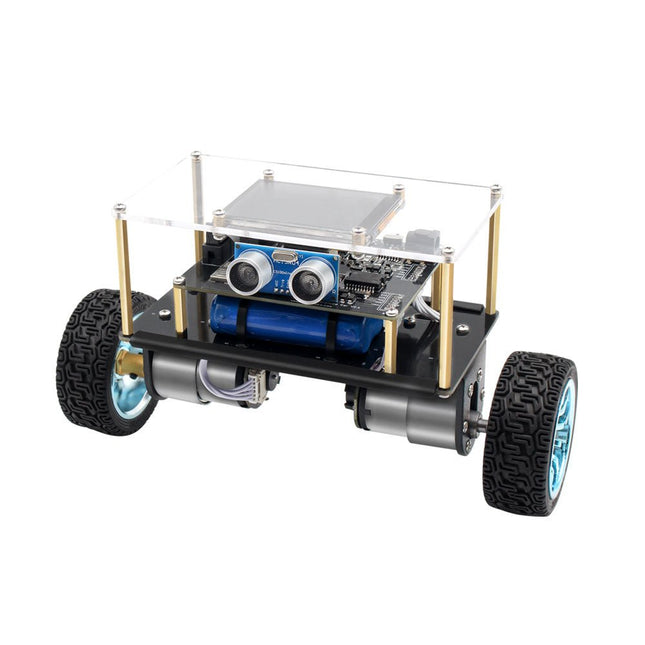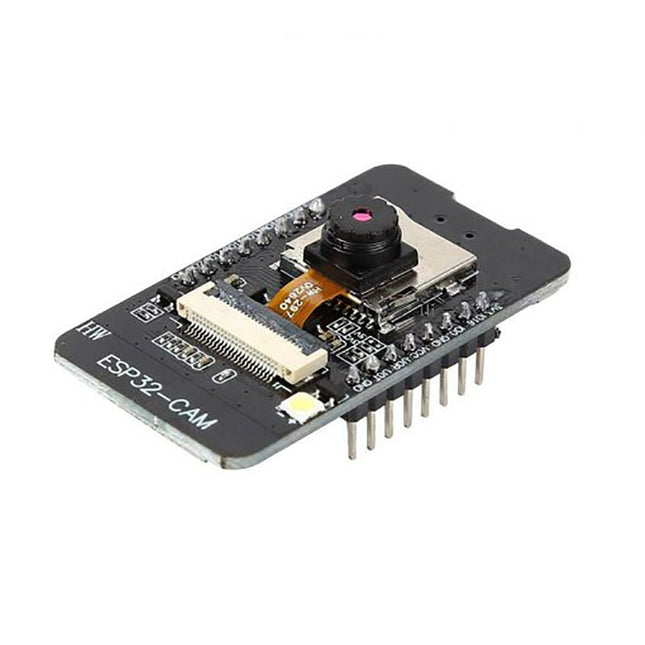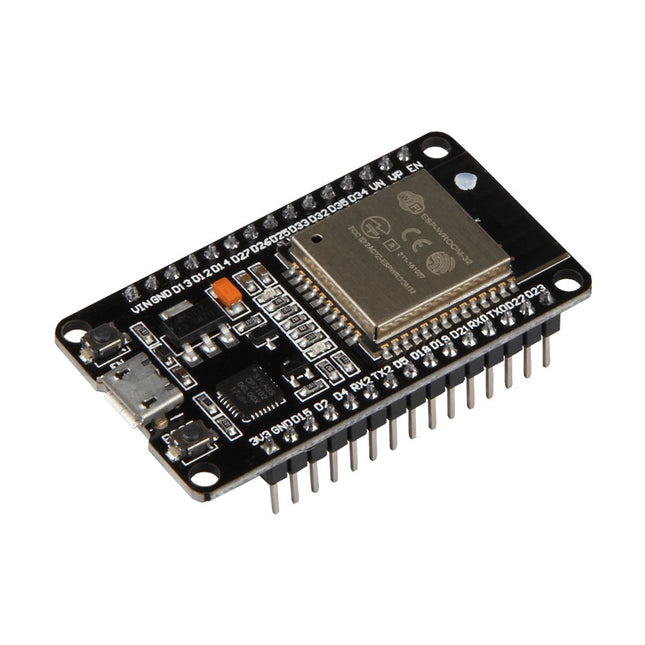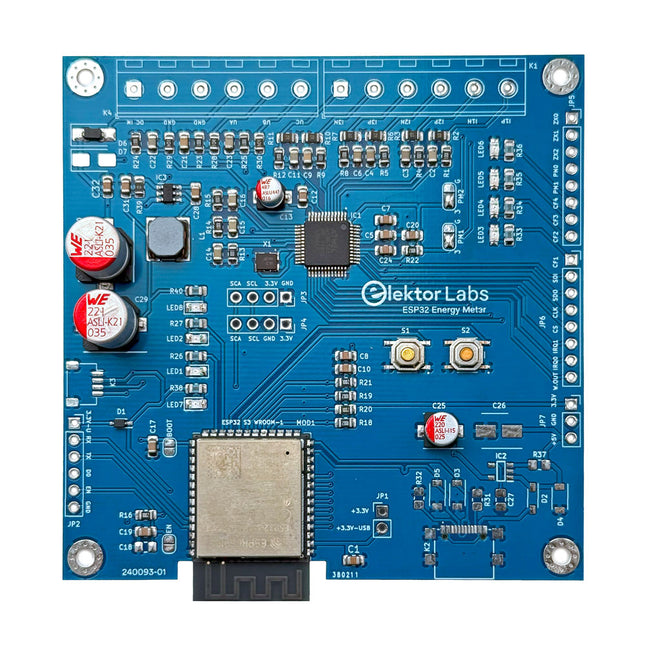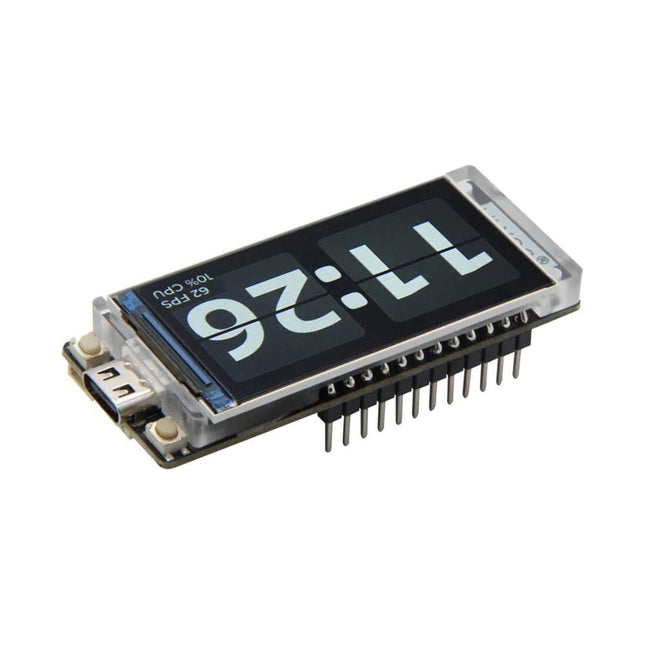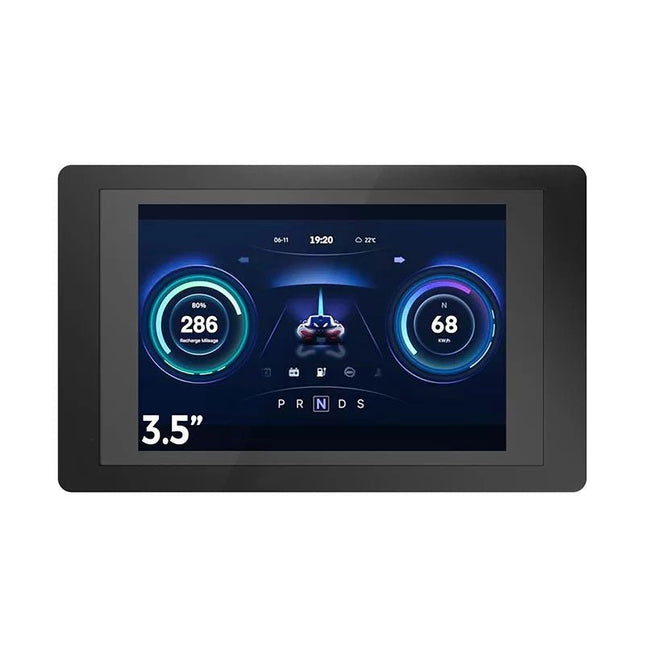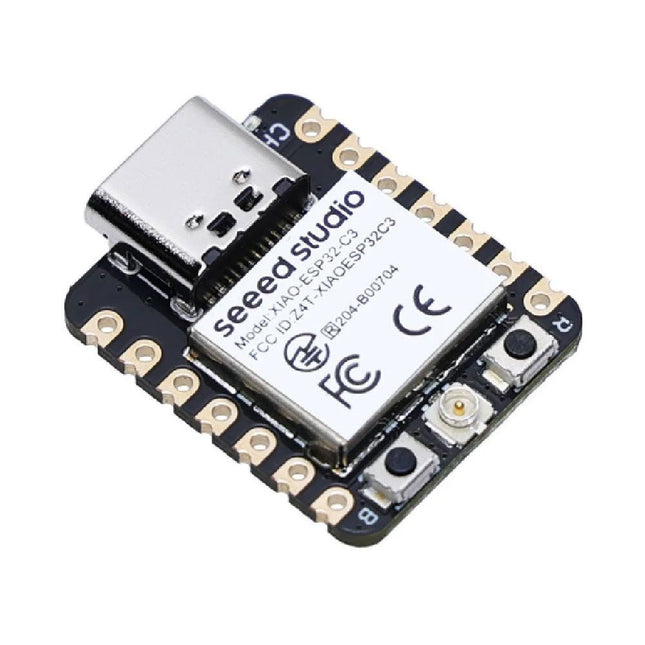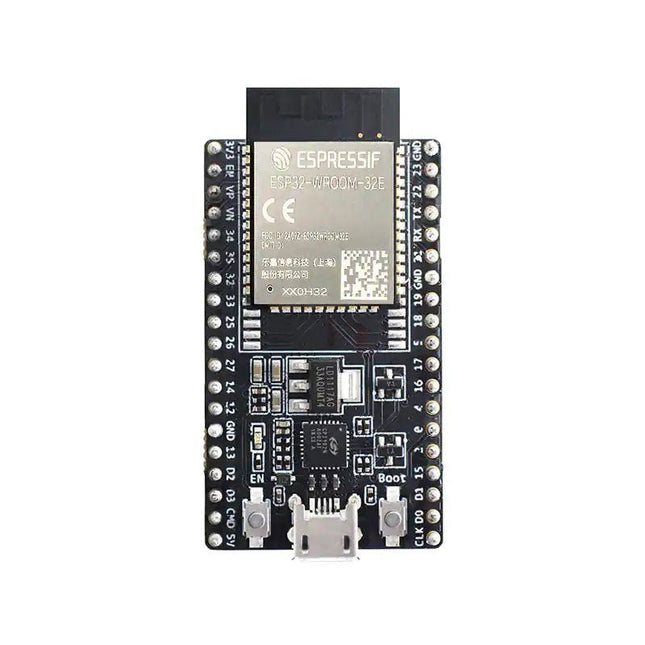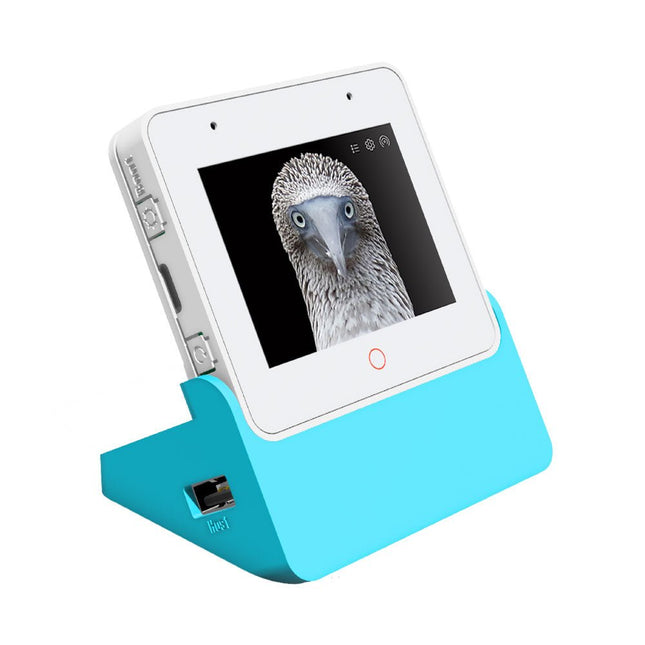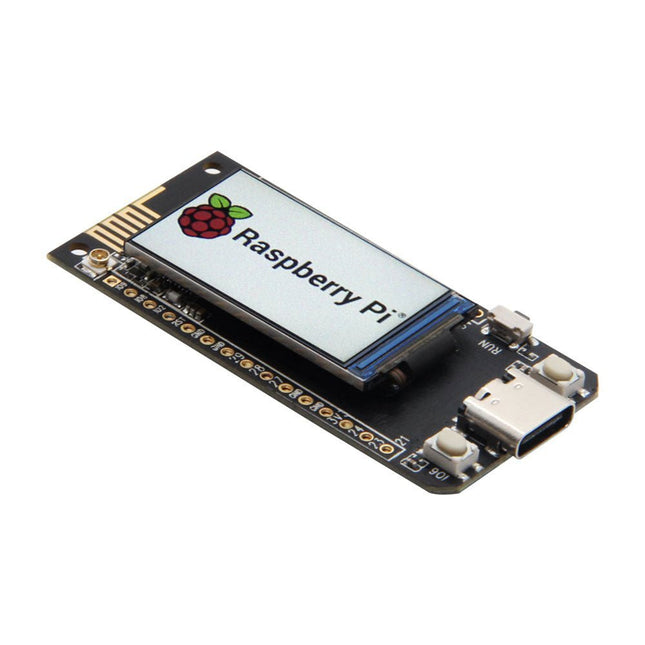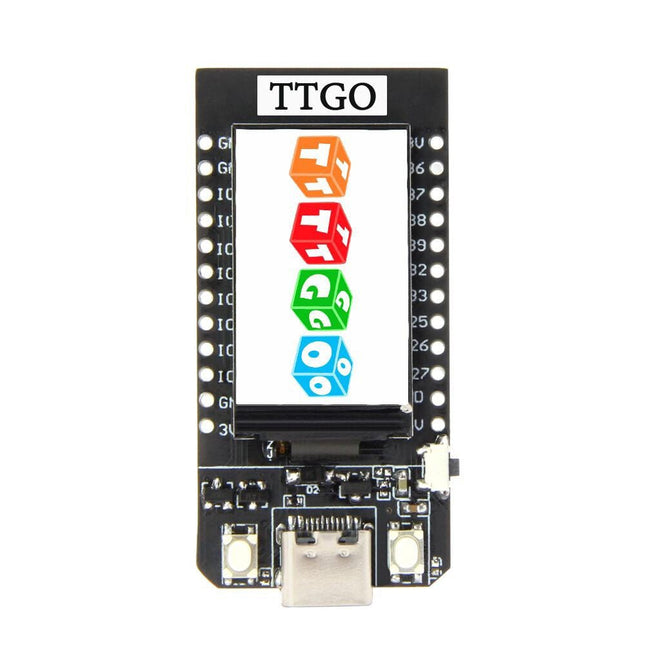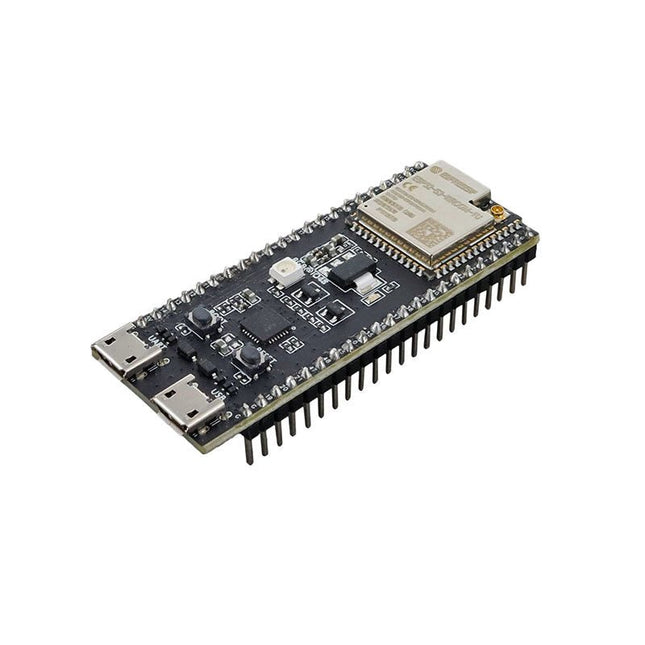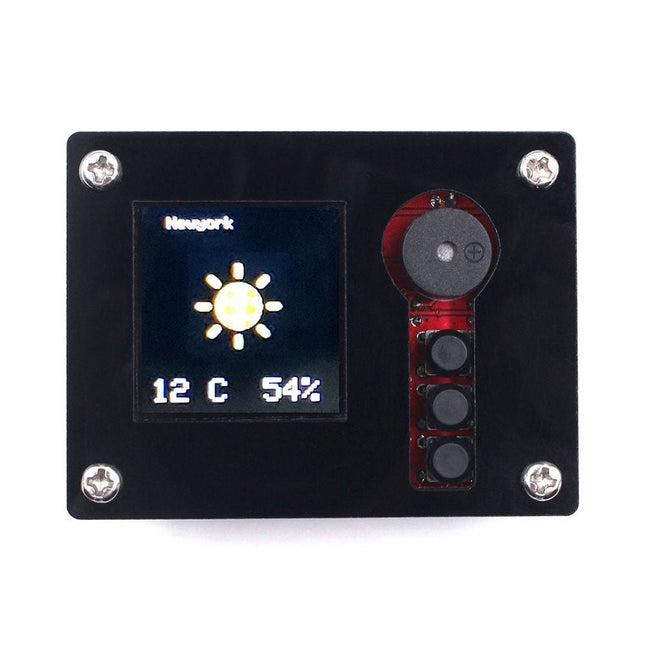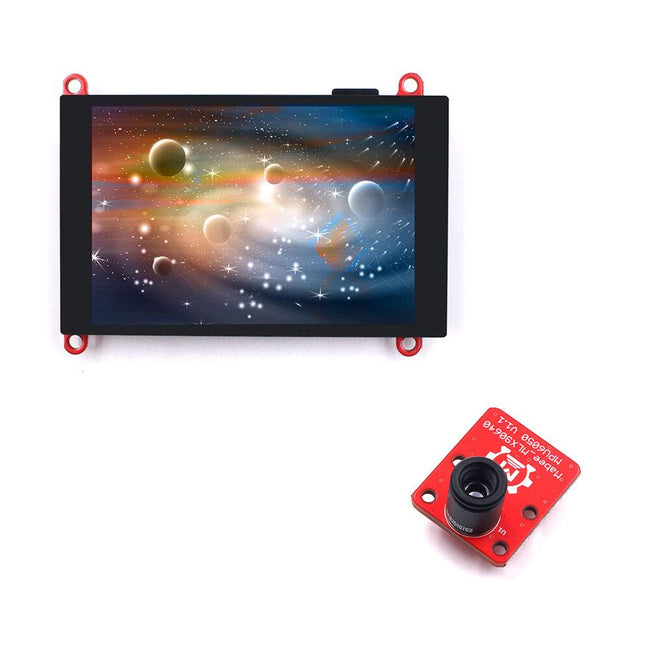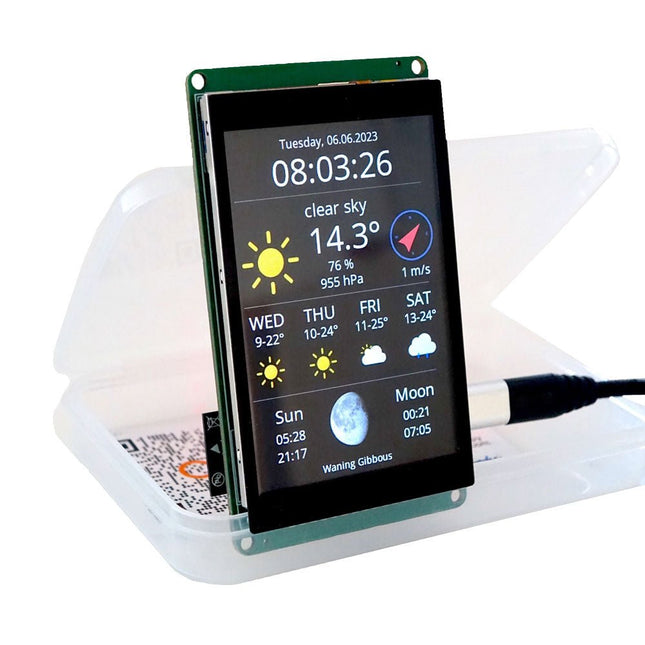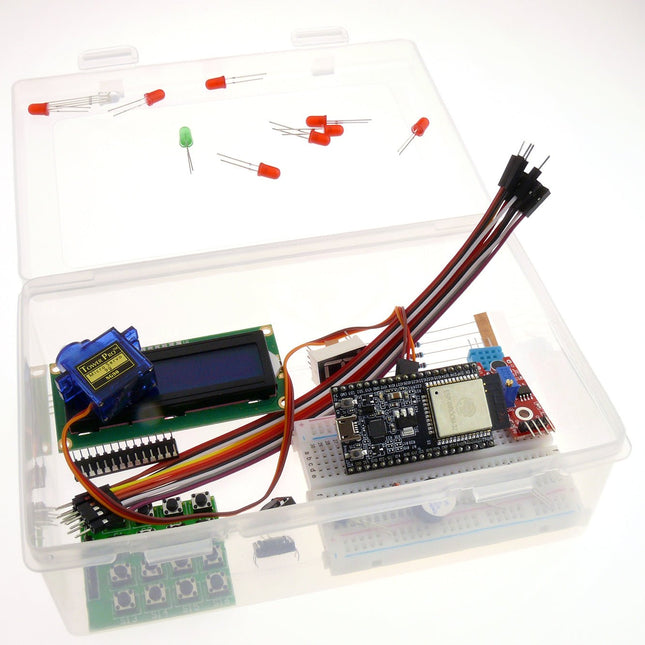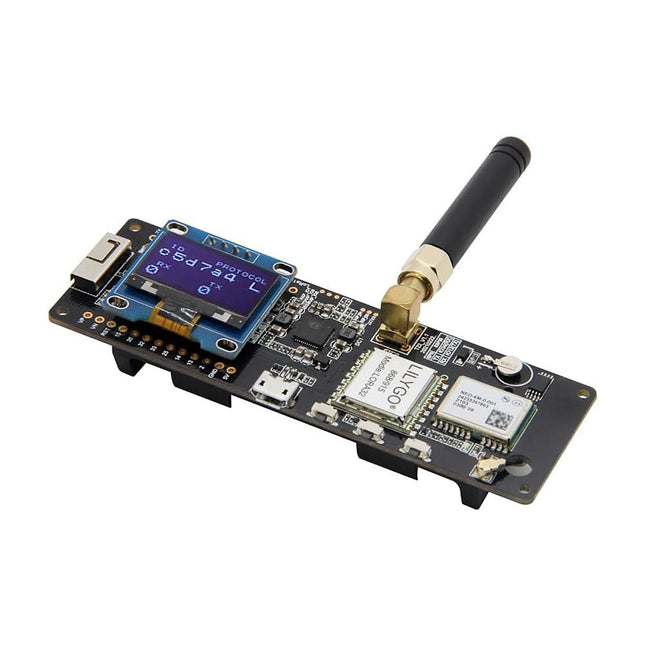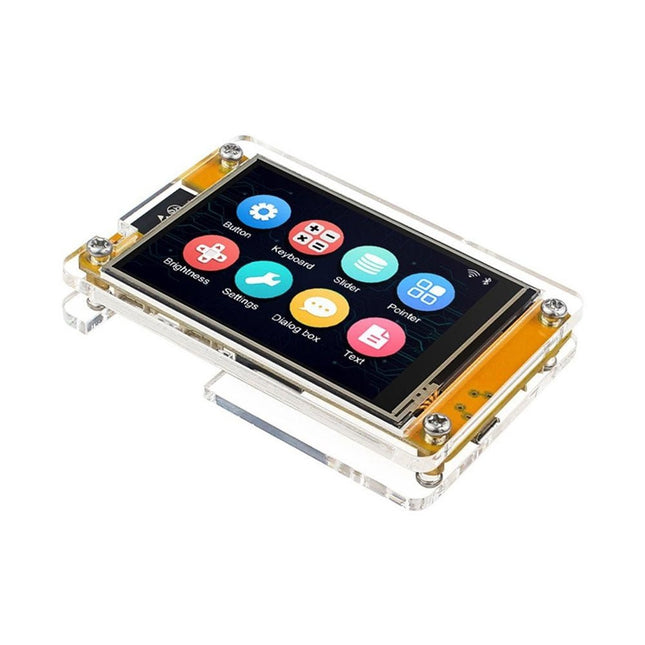The ESP32 is a chip designed for mobile, wearable electronics and Internet-of-Things (IoT) applications. It's packed with all the state-of-the-art low-power features you need, including clock gating, multiple power modes and dynamic power scaling.
Microcontroller with Wi-Fi and Bluetooth
The ESP32 is a highly integrated chip that combines Wi-Fi and Bluetooth capabilities with a powerful CPU and memory. It is ideal for applications that require low power consumption, such as sensors and wearable devices.
ESP32 offers two CPU cores that can be controlled separately, clocked up to 240 MHz, and each equipped with its own set of peripherals. In addition to the CPU cores, the ESP32 has a special Tensilica LX6 microprocessor for ultra-low power co-processing.
ESP32 module and applications
The ESP32 module can be used in different ways. The most popular ways to use the ESP32 in a project is:
ESP32 as Arduino compatible board
The ESP32 can be used as an Arduino compatible board. This means you can use the Arduino IDE to develop applications for the ESP32. The ESP offers users the ability to make WiFi and Bluetooth connections.
ESP32 as a standalone microcontroller
The ESP32 can also be used as a standalone microcontroller. This means you can develop applications for the ESP32 without using the Arduino IDE. The ESP32 is a good choice for many Internet of Things applications. The built-in WiFi and Bluetooth make it perfect for wireless applications.
Internet of Things projects with ESP32
The ESP32 is a great choice for many Internet of Things applications. The built-in WiFi and Bluetooth make it perfect for wireless applications. The ESP32 is also a very popular microcontroller for hobbyists. Some popular applications for the ESP32 are:
- Home automation
- IoT devices
- Wearable electronics
Manual and books about ESP32
When you work with ESP modules for the first time, it is nice to receive an explanation so that you become familiar with the possibilities and projects with ESP32 technology. The Official ESP32 Book is a book that takes you step by step as a beginner. The Elektor ESP32 Smart Kit offers beginners everything they need to follow the projects in the book.
